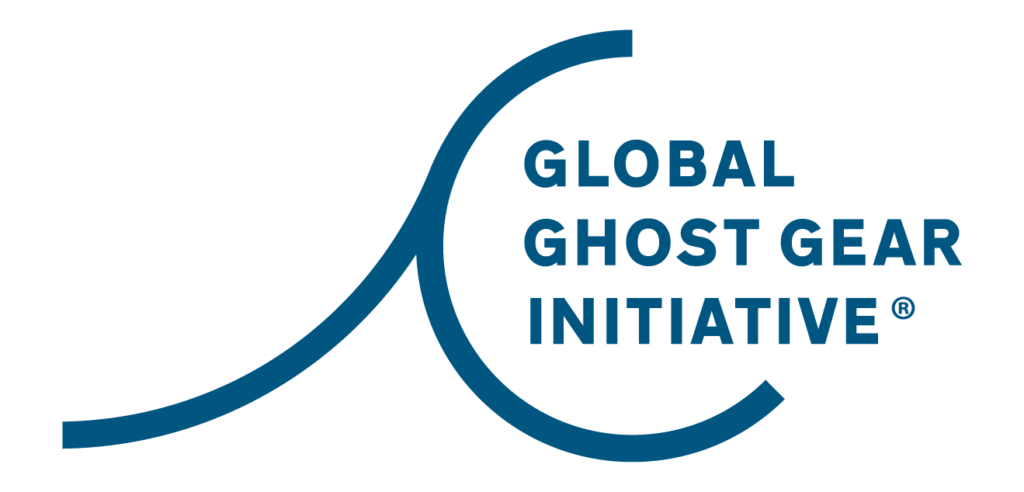Salvaging ghost nets in the Baltic Sea
21. October 2020 2024-04-15 15:46Salvaging ghost nets in the Baltic Sea
Ghost nets
Ghost nets are lost or abandoned fishing nets and lines. They continue to do their job and thus become a danger to many sea creatures. According to a recent overview study, 5.7% of fishing nets, 8.6% of fishing baskets and 29% of all fishing lines are lost worldwide every year. The ownerless nets and fishing lines are often made of nylon, polyester or polyethylene. According to estimates, ghost nets make up around 10 percent of the world’s plastic waste in the oceans. Not only are they a death trap for marine mammals, fish, seabirds and molluscs, but over time they decompose into microplastics and plasticizers or impregnating agents. In addition, toxins are deposited on the plastic particles, which have a significant impact on marine ecosystems and can ultimately enter the human food chain.
Strong together
To locate and recover such ghost nets from the Baltic Sea, oeoo launched a project together with its cooperation partner, the Scientific Diving Association e.V. Kiel (SDA), in spring 2019. In the Baltic Sea alone, it is estimated that around 10,000 nets and fishing gear are lost every year. The finds are located, marked and recovered by the SDA divers, with oeoo’s SeeKuh serving as the base for the diving operations.
Since 2019, several successful joint salvage operations have already taken place in the Baltic Sea, unfortunately mostly with fat prey. Oceanwell has been supporting the joint project as a sponsor since 2020.
SDA offers a web-based reporting portal that fishermen and water sports enthusiasts can use to report wreck and ghost net locations.



Since April 2024, oeoo has also been a member of the Global Ghost Gear Initiative (GGGI), the world’s largest cross-industry alliance dedicated to tackling the problem of lost, abandoned or otherwise discarded fishing gear (ALDFG), known as “ghost nets”. The GGGI, founded in September 2015 and based on the best available science and technology, is committed to measures and solutions to the global ghost network problem.
The strength of the GGGI lies in the diversity of its participants: in addition to the fishing industry, private companies, academics, governments, intergovernmental and non-governmental organizations are involved. Each participant plays a crucial role in mitigating the impact of ghost nets at local, regional and global levels.
SeeKuh 1 and Circular Explorer in action
Together on the hunt for ghost nets in the Baltic Sea
The SeeKuh 1 and the Circular Explorer (also a SeeKuh-class vessel) spent several weeks together on the Baltic Sea in the summer of 2021, recovering ghost nets and marine litter.
Together with the divers from SDA Kiel, the oeoo team in Kiel recovered ghost nets, lines and marine litter at various locations in the Baltic Sea – in the Little Belt off Denmark and off Fehmarn. Thanks to the voluntary support of almost 60 divers, numerous gillnets, trawls, fish traps, guide nets, lobster pots and other marine litter were collected in various campaigns, making the Baltic Sea a little safer again.
Martin Pedersen has created a professional video showing the ghost net recovery by SDA and oeoo in the Little Belt off the Danish coast.










